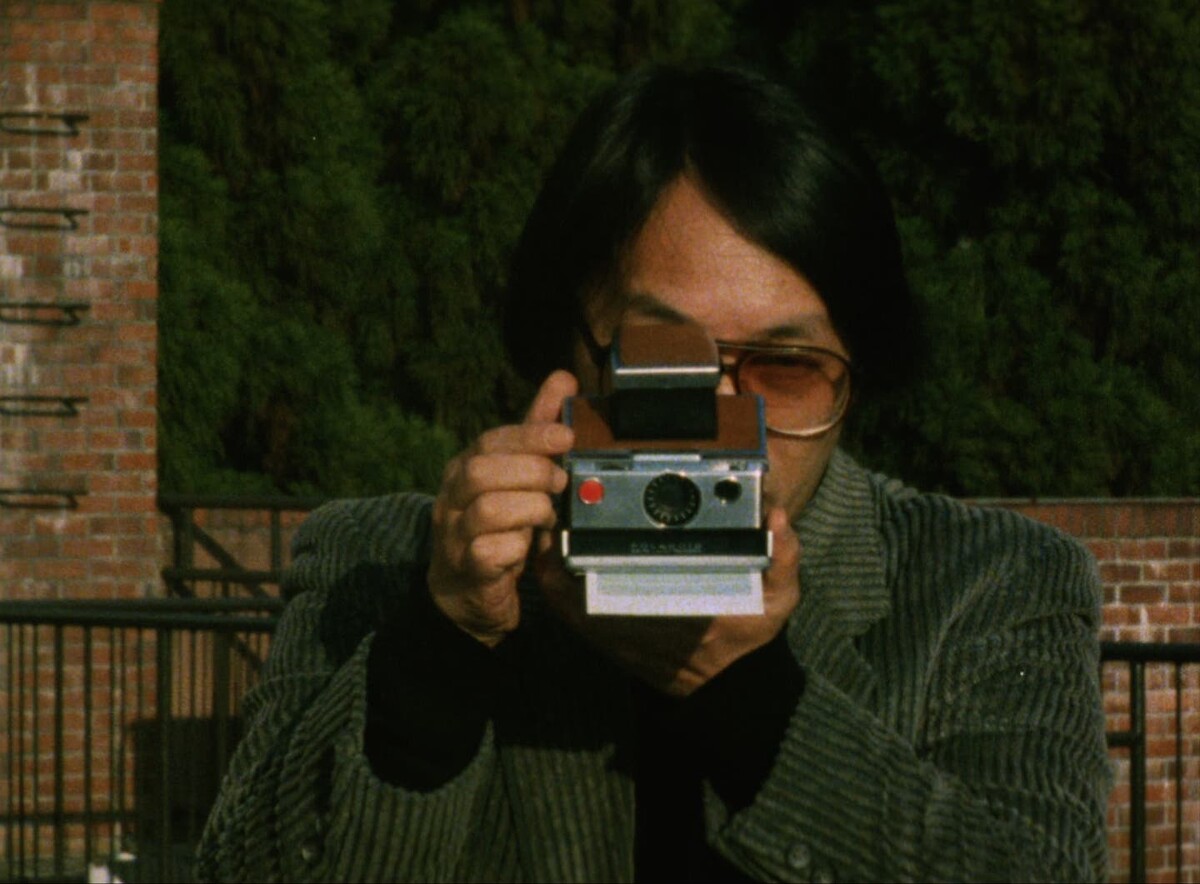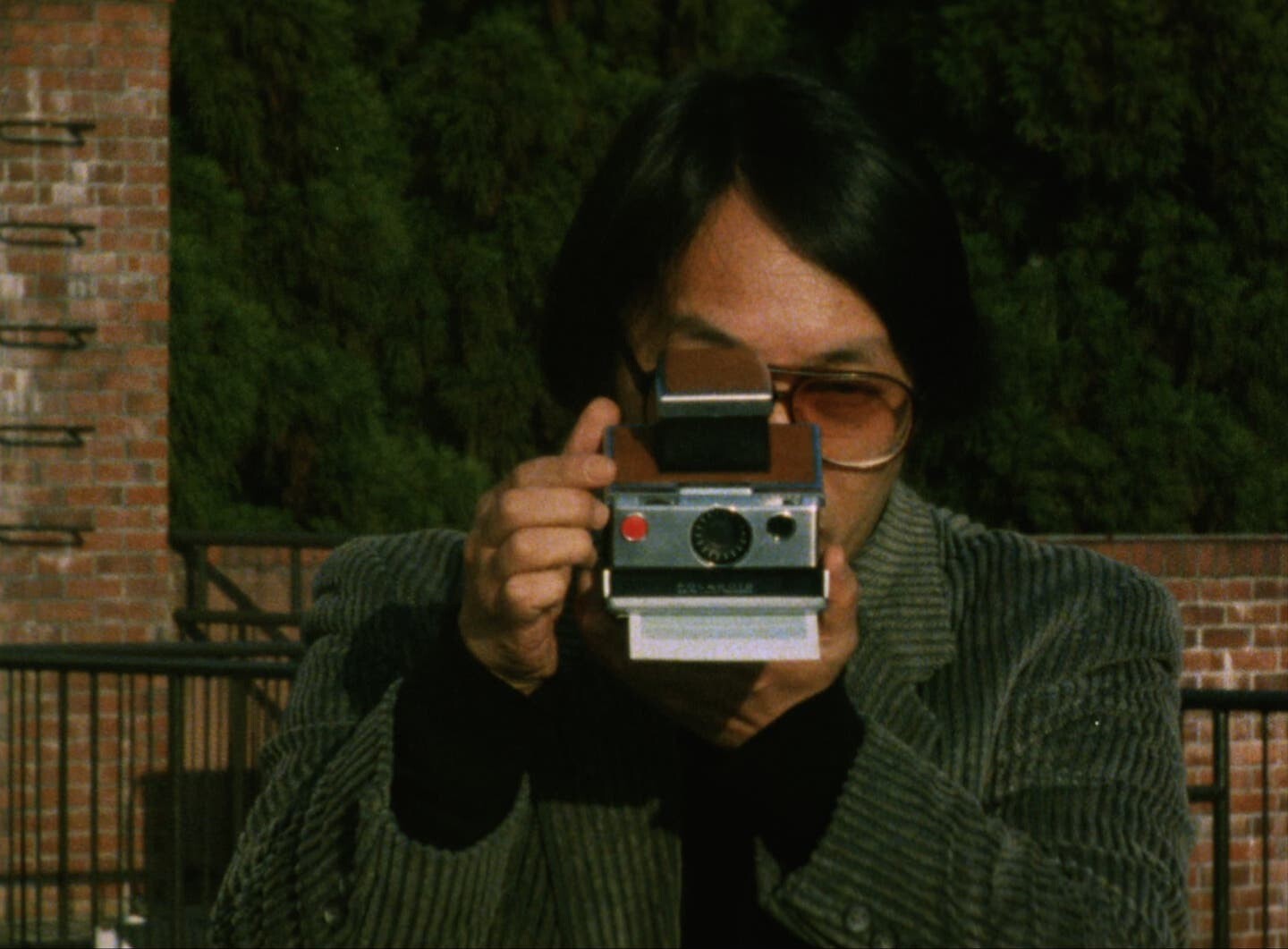With a video introduction by Julian Ross
Admission starts at $5
September 13, 2022, 7pm
Brooklyn, NY 11205
USA
We are excited to launch a new season at e-flux Screening Room with an evening of selected works by noted Japanese filmmaker and critic Toshio Matsumoto (1932–2017), screening on Tuesday, September 13 at 7pm. Matsumoto was a prominent thinker and pioneer of experimental cinema and video art in Japan, questioning and pushing the traditions and frontiers of documentary, avant-garde, and narrative film. Widely known for his queer masterpiece feature film Funeral Parade of Roses (1969), Matsumoto worked in a variety of genres and styles throughout his artistic career. From his collaborations with the legendary collective Jikken Kobo in the late 1950s, to his expressive expanded cinema experiments in the 1960s, to his radical appropriation of emerging video technologies in the 1970s and the 1980s, Matsumoto was constantly testing and reinventing the moving-image medium.
In this screening, we are thrilled to showcase rarely seen Matsumoto experimental films and videos that represent both: his formal explorations of the film medium, and his witty and humorous commentaries on traditions, society, politics, and the state of art.
The screening is presented with a video introduction by Julian Ross recorded especially for the occasion.
With special thanks to Postwar Japan Moving Image Archive (PJMIA) and Hirofumi Sakamoto.
Films
For the Damaged Right Eye (Tsuburekakatta Migime no Tame ni) | 1968, 12 minutes
Using some of the material that later appeared in Funeral Parade of Roses, the energetic For the Damaged Right Eye incorporates animation and found footage. The film was first “performed” at the Sogetsu Art Center in 1968 as a piece of expanded cinema. The 1960s represented a watershed moment in Japanese society. In the film, images of hippies at the discos, fights between police and student protesters, the Kwon Hyi-ro incident, queer culture collide in multiple layers, documenting 1968 Japan oas a clash on screen. At the premiere, strobes placed around the screen were lit at the end of the screening. Kuniharu Akiyama, a music critic, composed a musique concrète-like soundtrack based on popular songs.
Metastasis (Shinchintaisha), 1971, 8 minutes
Metastasis is a pioneering video-art piece in which footage of a toilet seat reminiscent of Marcel Duchamp’s Fountain is processed electronically by a medical imaging device (an electrocolor processor), altering the color is as the light gradation in the image changed. Matsumoto operated the equipment in line with the storyboard, and the visuals shown on the cathode ray monitor were captured on 16mm film. Toshi Ichiyanagi, a contemporary musician, wrote the electronic music for the work using a synthesizer.
Mona Lisa, 1973, 3 minutes
Matsumoto created this work by electronically processing images of the Mona Lisa using Scanimate, the latest image synthesizer newly added to Jikken Kobo’s lab . The film references footage from his earlier work Space Projection Ako. Matsumoto was also directing television commercials at the time and often experimented with Scanimate. Mona Lisa was screened as part of the video-art conference Open Circuits held at MoMA in 1974. The music for the video was composed by Matsumoto using Scanimate.
Andy Warhol: Re-reproduction (Andy Warhol: Fuku Fukusei), 1974; 23 minutes
When Andy Warhol came to Japan in 1974 for the opening of the exhibition, Matsumoto decided to multiply the figure of the Pop artist. First, the figure of Warhol is photographed using a multilens camera. Next, the footage is projected onto a screen at varying frame speeds and again re-recorded. Contemporary musician Joji Yuasa composed a musique concrète-like soundtrack with Warhol’s voice.
Everything Visible is Empty (Shiki Soku Ze Ku), 1975, 7 minutes
Siki Soku Ze Ku or Everything Visible Is Empty is a Japanese Buddhist phrase that appears in the Heart Sutra. The piece attempts to express the physical sensations of a psychedelic experience. he words of the Heart Sutra flicker and repeatedly appear one character at a time in vivid colors. This repetition increases in intensity over time and guides the audience’s consciousnesses to a trance-like state, culminating in an image of bright light. Ichiyanagi composed a musique concrète-like soundtrack for this film.
Phantom (Gemmo), 1975, 10 minutes
Matsumoto pursues a non-logical factor in consciousness. This film expresses strange colors using infrared film. The ocean, a yoga performance, a woman with red hair, an eyeball floating in the city, a mysterious garden… Delusion comes up and then disappears. Contemporary musician Jo Kondo composed an instrumental soundtrack for this work.
Atman, 1975, 11 minutes
In Indian philosophy, the notion of the true self is referred to as“tman.” The camera violently rotates around a figure wearing a Japanese hannya mask, causing acute disorientation in the spectator. This work was shot on 16mm infrared film with a grid around the subject. Matsumoto varied the shot size and exposure parameters. The material was then re-photographed a few frames at a time using sophisticated calculations. As a result, the images acquired a surreal colorization. Ichiyanagi used a synthesizer to create the electronic music for the film.
Engram (Kioku Konseki), 1987, 11 minutes
Since the 1980s, Matsumoto has focused on image-viewer relations and narrative falsehoods. This three-part piece takes the viewer into a labyrinthine “narrative” of photos inside of photos, movies inside of movies, photos inside of movies, movies inside of photos, and (even) a film director inside a TV set.
Accessibility
–Two flights of stairs lead up to the building’s front entrance at 172 Classon Avenue.
–For elevator access, please RSVP to program@e-flux.com. The building has a freight elevator which leads into the e-flux office space. Entrance to the elevator is nearest to 180 Classon Ave (a garage door). We have a ramp for the steps within the space.
–e-flux has an ADA-compliant bathroom. There are no steps between the Screening Room and this bathroom.
For more information, contact program@e-flux.com.


